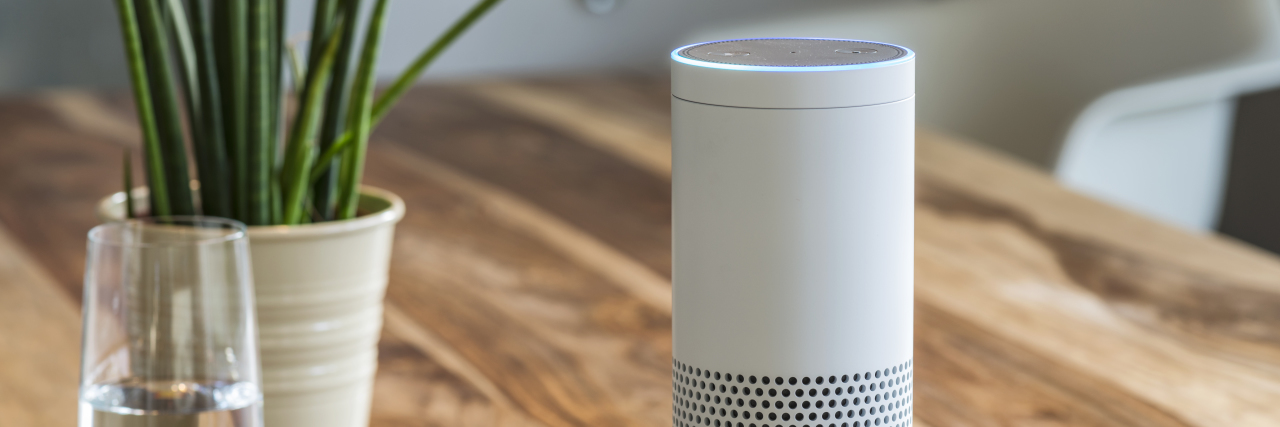Last Christmas I bought a second generation Amazon Echo for my partner and daughter who are both visually impaired, in an attempt to make our home more accessible for them. We love that Amazon have taken essentially an “environmental control system” and turned it into an everyday gadget that is growing popular in more households. Amazon paved the way to normalize a type of device that once was only for people with disabilities, and turned it into something anybody could find useful. Dare I say Amazon are leading the way in inclusive technology?
It took some time to get the hang of how you set up skills, routines and lists but a year on and a Echo Dot addition later, I can’t imagine life without Alexa in it!
Here’s the run down of the top 10 functions both my partner and 6-year-old use Alexa for that makes life easier for them being visually impaired.
1. Syncing with iOS/Google Calendars.
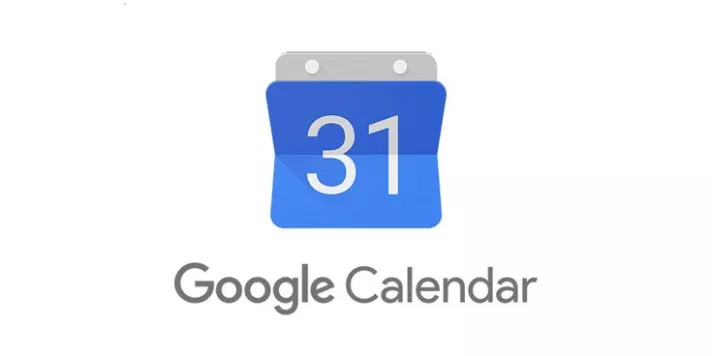
This was actually one of my top picks that sealed the deal for us. Like many people, I primarily use my phone calendar (Google) to keep track of the family’s hospital appointments, when bills were due, events coming up etc. We paired this with a large print wall calendar and I’d just update it in large, bold writing for Mark to read. Only as his eye condition worsened, large print materials simply weren’t cutting it anymore. That’s where Alexa saved the day. No longer does he have to ask me what is on the agenda for the day/week or month even. I simply synced my Google calendar on my Android phone via the Alexa app and asks his own personal assistant, Alexa for a brief for the day!
Having Alexa read the calendar equally benefits our Abbie. She’ll ask Alexa things like, “how many sleeps until Monday?” as she’s still getting the hang of the days of the week but knows Monday is when school re-starts. If she has an event coming up she can also say, “Alexa, how many days until my dance class?”
2. Adding items to the food shopping list.
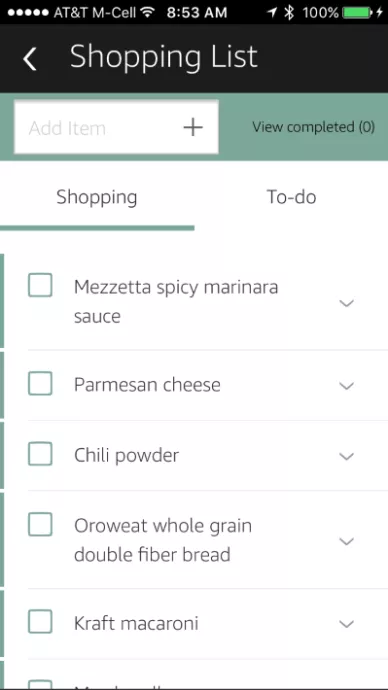
Like most mums, the big food shopping is left up to me in our house. Yet despite my best efforts, my partner always finds something I’ve missed to moan about. With Alexa’s “Shopping List” feature synced with our Morrison’s account, anything my partner asks Alexa to add to the shopping list will end up automatically in my Morrison’s basket when I go to shop online. It saves a lot of arguments. I’m still waiting for one of the girls to realize how easy it is to add things, as I’m sure they’ll try sneaking in chocolate or ice cream hoping Mummy doesn’t notice!
3. Use of Alexa compatible plugs.
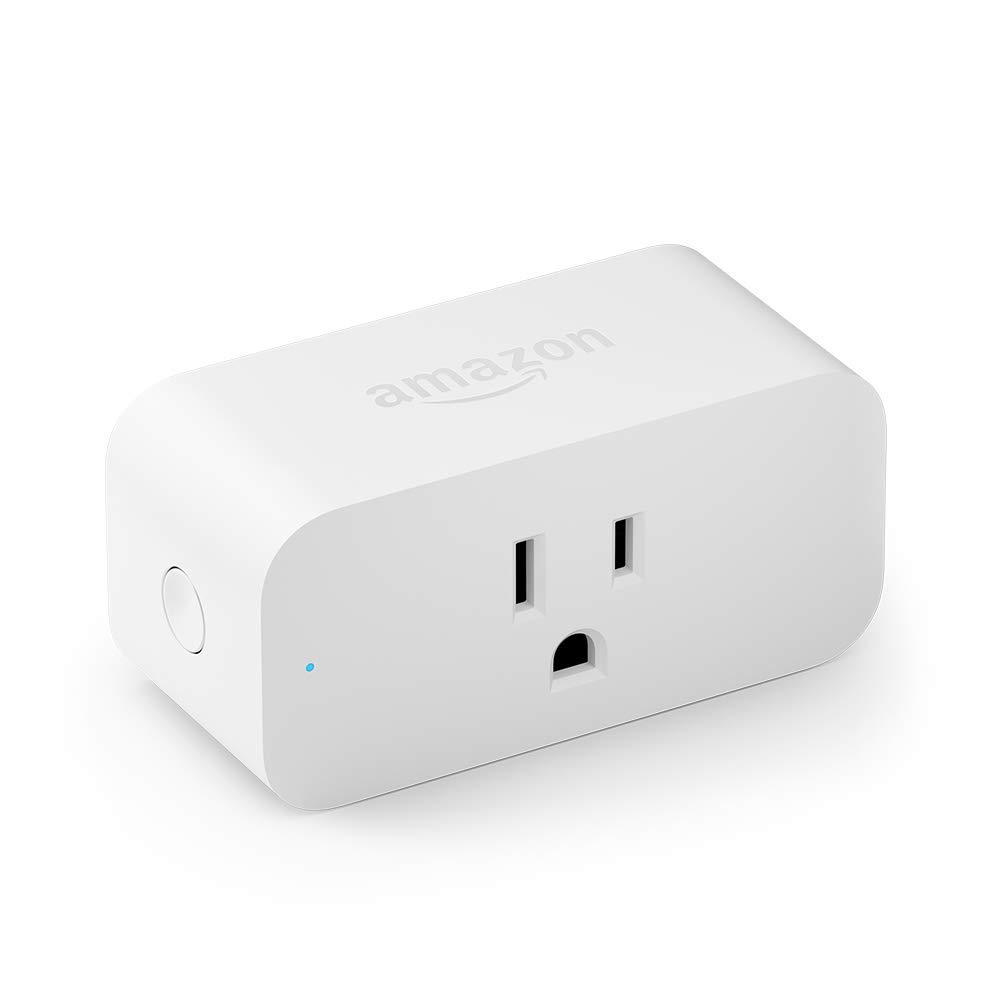
We haven’t actually done this yet as we are moving early next year, but it is high on our list as an essential accessibility feature in the new home — both for me as a wheelchair user and my partner and daughter with VI. Not often do we find a tool that aids both worlds, so this gets a double thumbs up from us!
Getting an Alexa compatible plug pack will enable all of us to operate anything that runs on electricity in the home by voice activation — lights, TV, radio, burglar alarms — you name it. For Mark and Abbie in particular, it’ll stop the dilemma of finding the right switches and buttons among the many remote controls we’ve accumulated, and unplugging things to save money only to have to search through a maze of wires to plug it back in later. Paired with a Hive or Nest thermostat Mark would be able to operate the heating independently without me or another sighted person there.
4. Radio function.
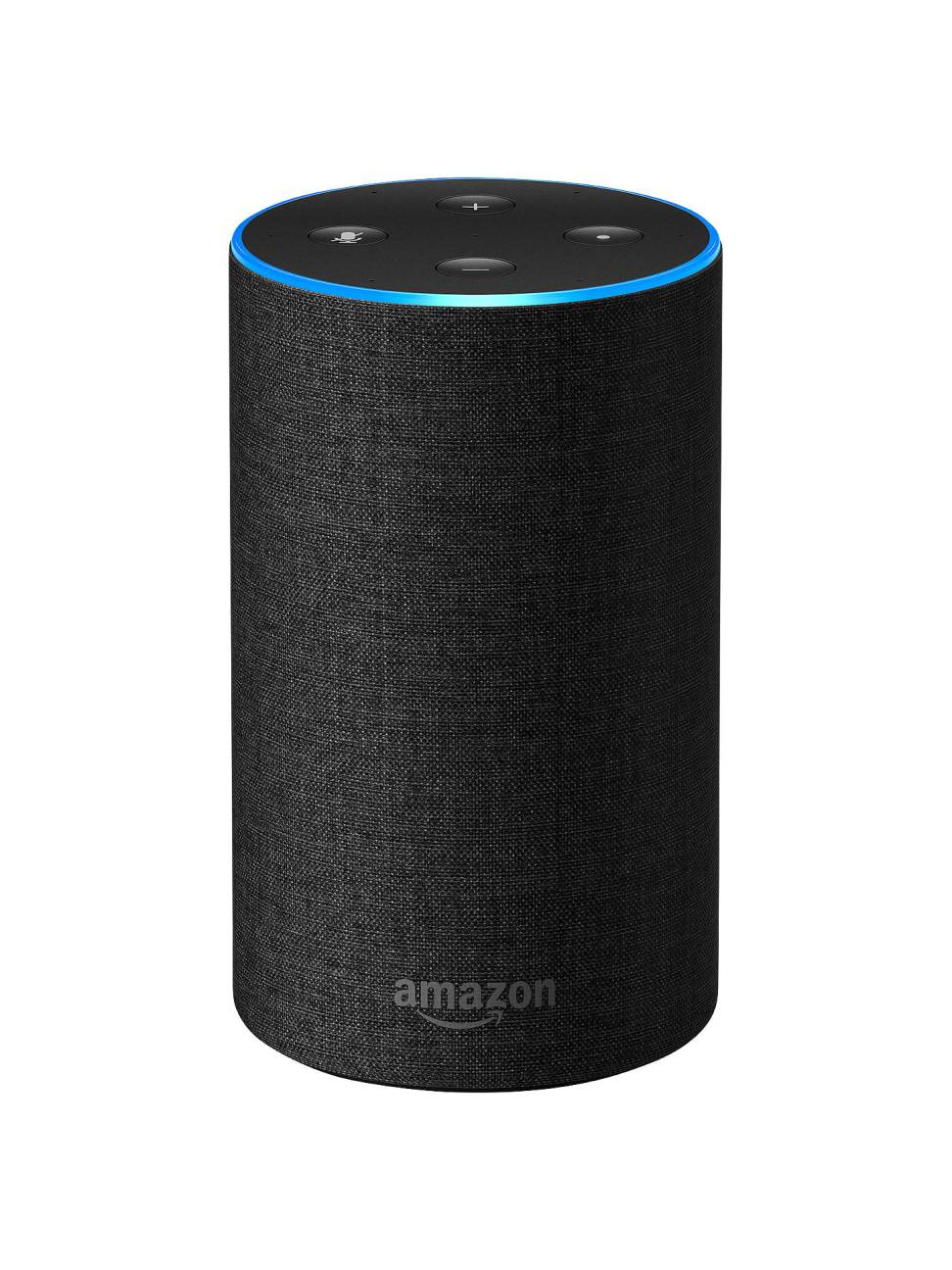
Being of the late 80s generation, we did grow up with the radio playing and cassette tapes. We still have it playing as adults while cooking, showering or if we simply don’t want the TV on but it’s a bit too quiet. Having the ability to play our favorite local radio station via Alexa and TuneIN takes the stress out of physically finding the right station on a radio with a tuner that’s difficult to see with low vision.
5. Pairing with Audible.
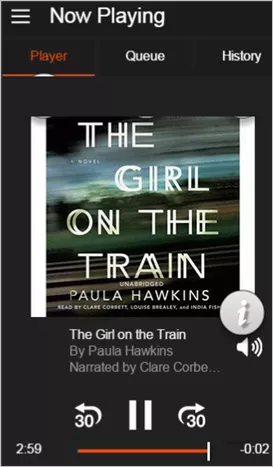
Before audio books became a “trend” (if you will), Mark and other visually impaired extended family would receive free talking book service CDs via the charity RNIB. Although this service is incredible, sadly when this way of reading was only for those living with blindness, there simply wasn’t a huge selection to choose from. Now with Audible, you can find almost any title ever written.
The inclusiveness of audio books has normalized this way of reading and raised the bar quality and quantity wise for people with visual impairments. Not only can Mark play an Audible book on his iOS device (he’s an Apple lover) but he can pick up where he left off on either of our Echo devices whenever the mood strikes. Abbie also enjoys listening to children’s books via Audible too as an alternative and way “cooler” way of having a bedtime story read to her.
6. Reading the TV guide.
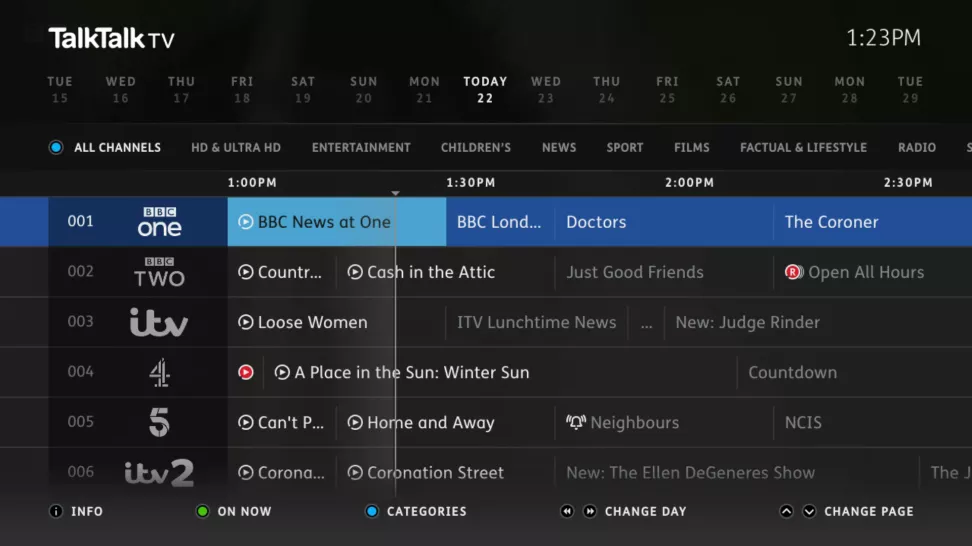
Sighted people often don’t think about the on-screen TV guide. Sometimes we’ve come across providers such as TalkTalk who sadly don’t have a function on to read the TV guide out loud. How is a visually impaired individual meant to tune into an audio described show if they won’t know when or what channel it’ll be on? That’s where Alexa saves the day. Enabling the TV guide skill on the Alexa app will read out channel guides and even set reminders for your favorite shows. Perfect!
7. Alarms and reminders.
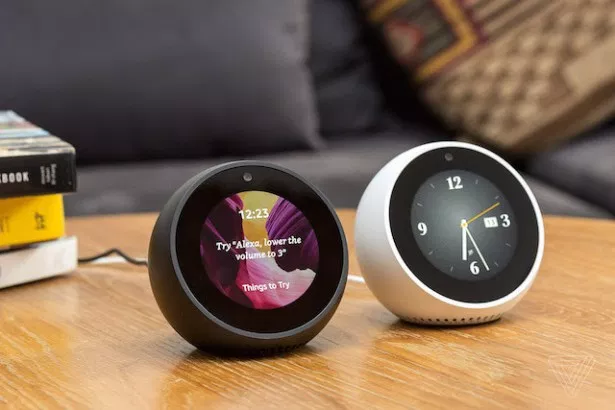
Before Alexa was a thing, the VI community had to buy or charities like RNIB would give them a “talking clock” on the permanent equipment loan scheme for disabled people. You’d still have to set your alarms using the buttons though, and it was often very frustrating, especially if you needed multiple alarms for things like medications. Alexa makes setting alarms and reminders a breeze with a one sentence command.
8. Forecast reports.
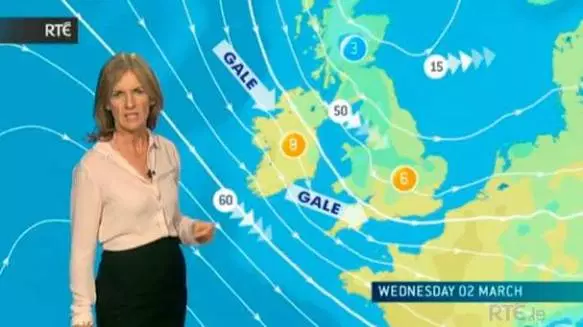
While most people check the weather forecast on a phone app upon waking up, for families like ours it’s not that simple. I could simply read it out for them, but of course they want to access this information independently. With Alexa, simply sync the Alexa app with your location and she’ll have the forecast ready to read out upon your command. Or set up a morning “routine” on the app to have Alexa read it automatically as part of a list of actions.
9. An alternative to newspapers.

I read out the sports section in our local paper for Mark every week for five years. Thanks to Alexa’s wide range of news and football-related skills, Mark now has instant access to all his football enthusiast heart’s desires by simply asking Alexa his burning football-related questions.
10. Recipes and timers.
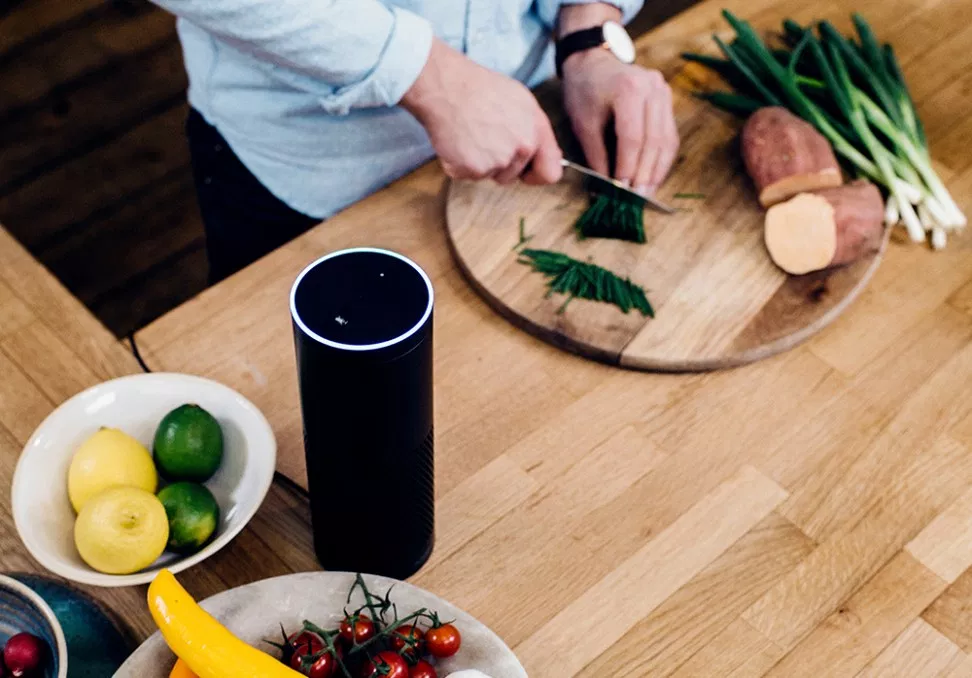
Yes, visually impaired people can cook! It’s unreal the amount of people who think people with low/no usable vision cannot cook. There are many techniques and methods the VI community use to combat cooking issues. Nowadays, one of these methods is to use one of the many recipe skills via the Alexa app to read out ingredients, cooking methods, recipes and reviews and of course set a timer. You can even add the items as Alexa reads them to the “shopping list” I mentioned earlier.
I hope these 10 things helped you see how Alexa improves the daily lives of those living with sight loss. I also hope it made sighted readers understand how access to things in a different format such as voice control can truly open up someone’s world.
Getty image by See What Mitch See.

